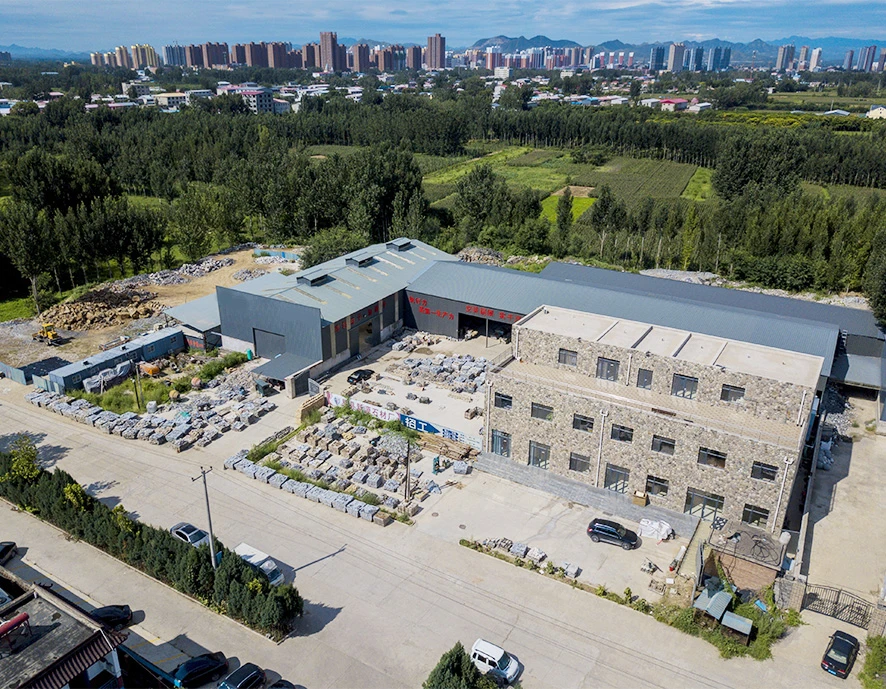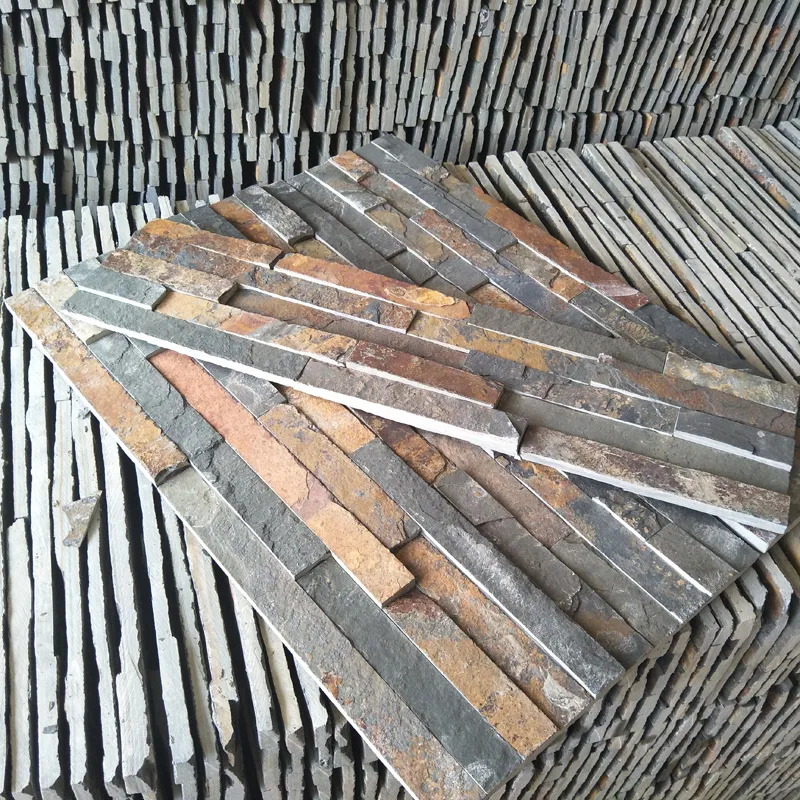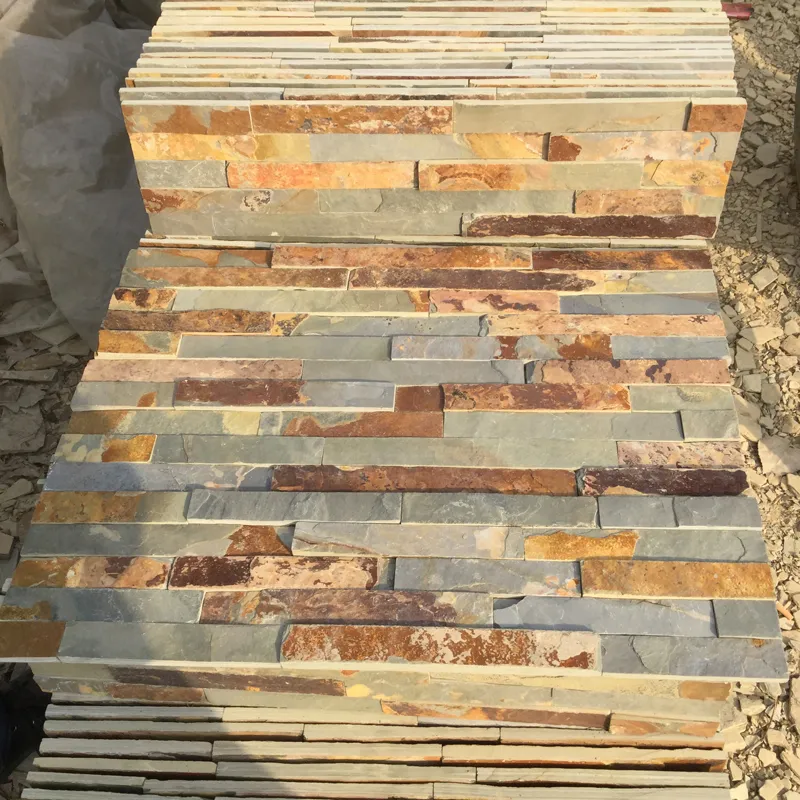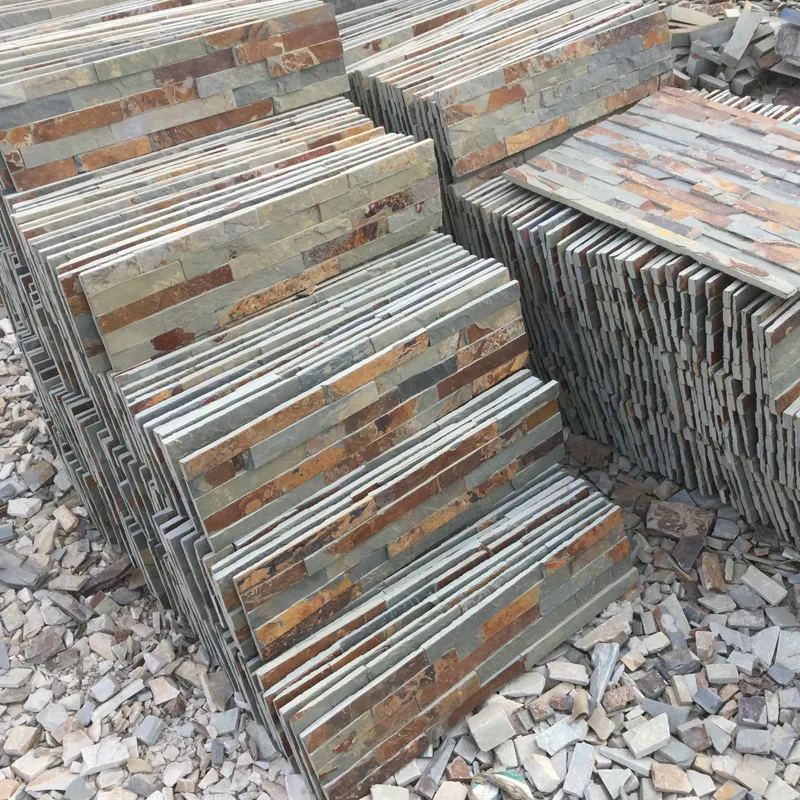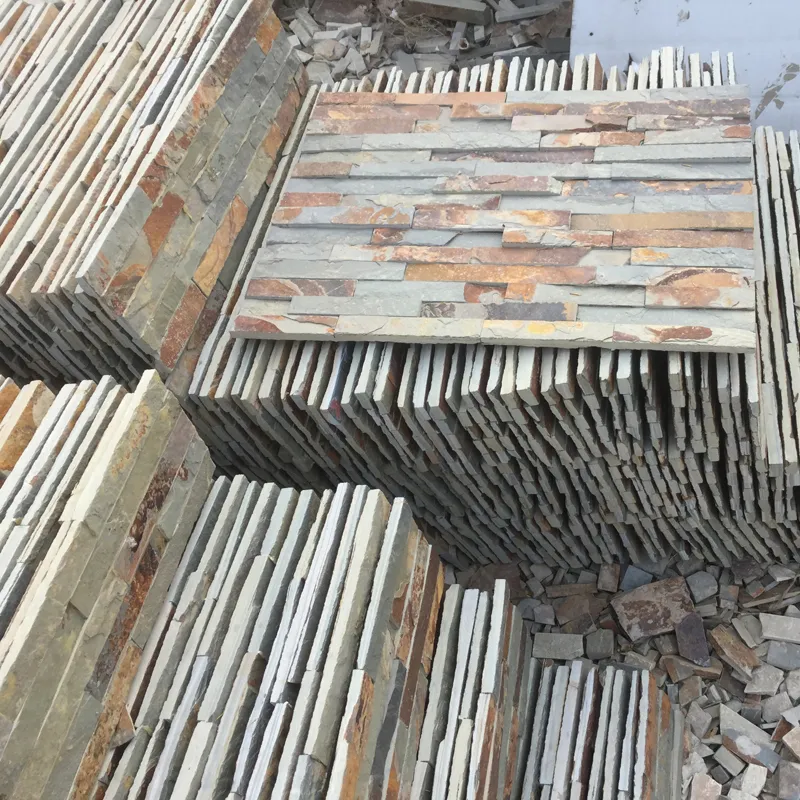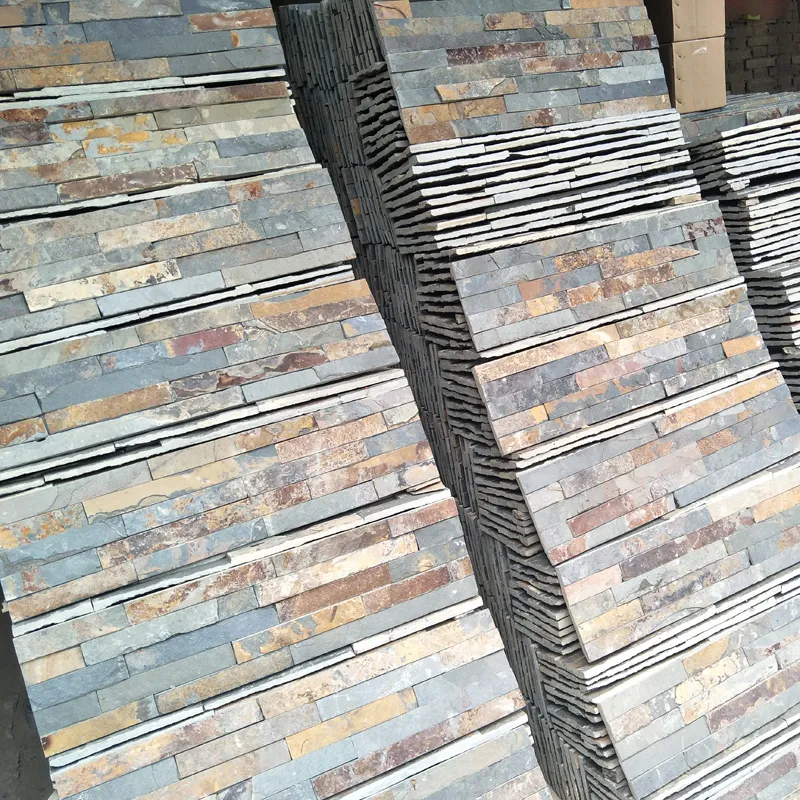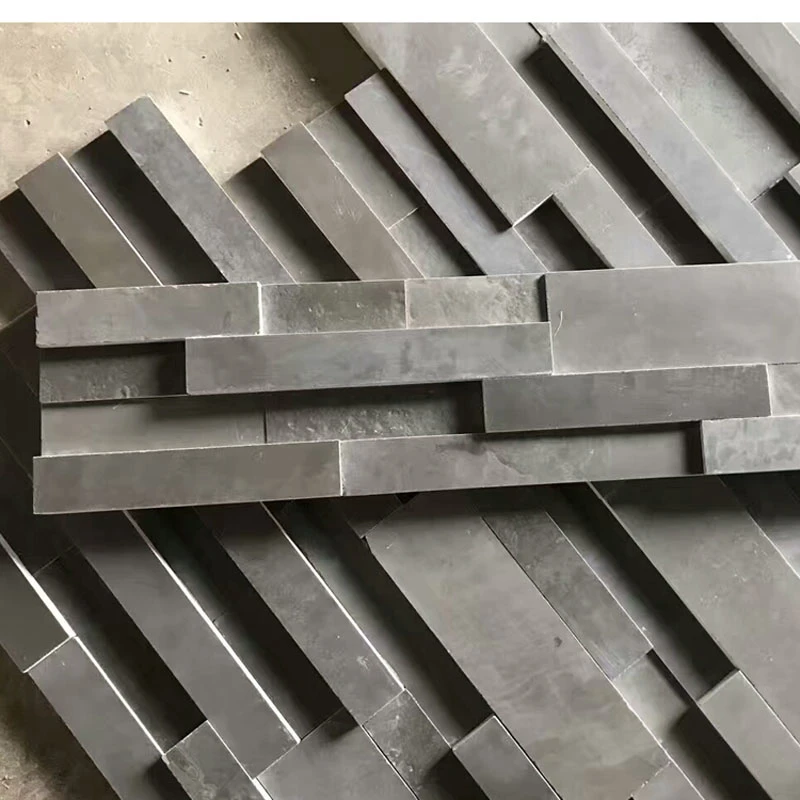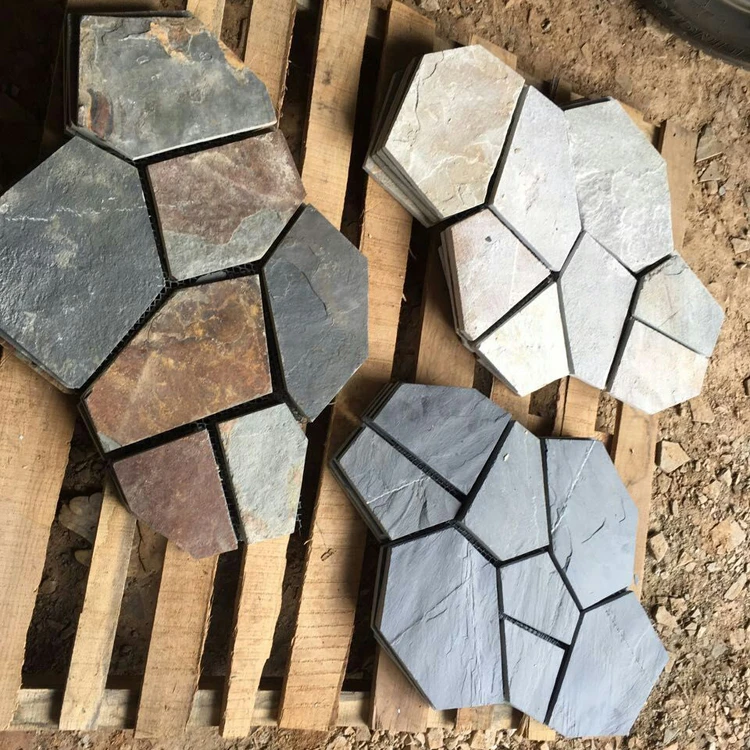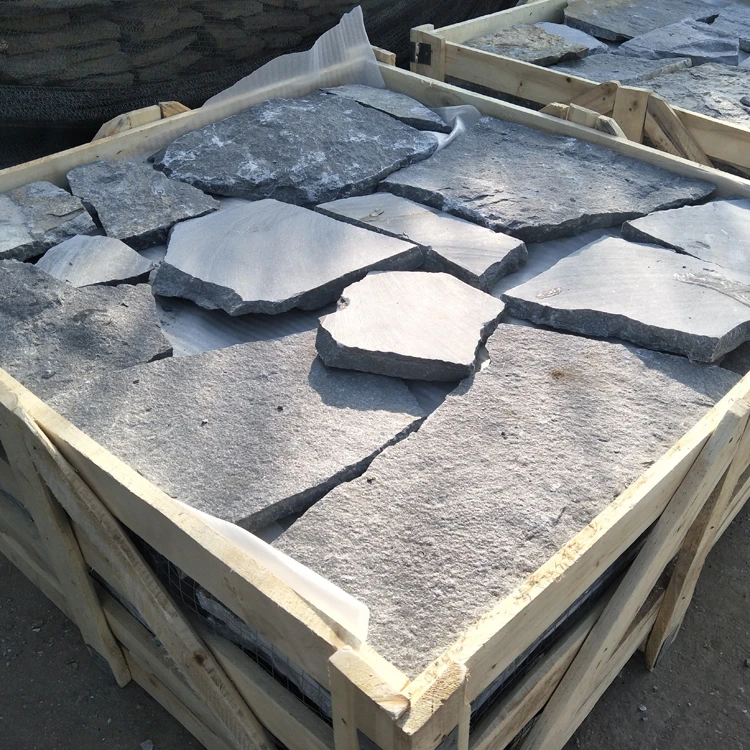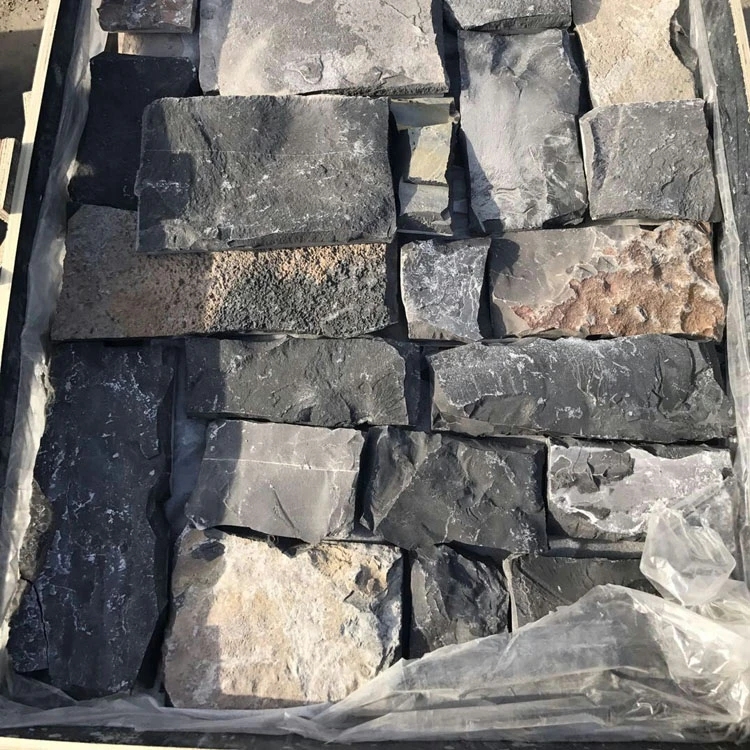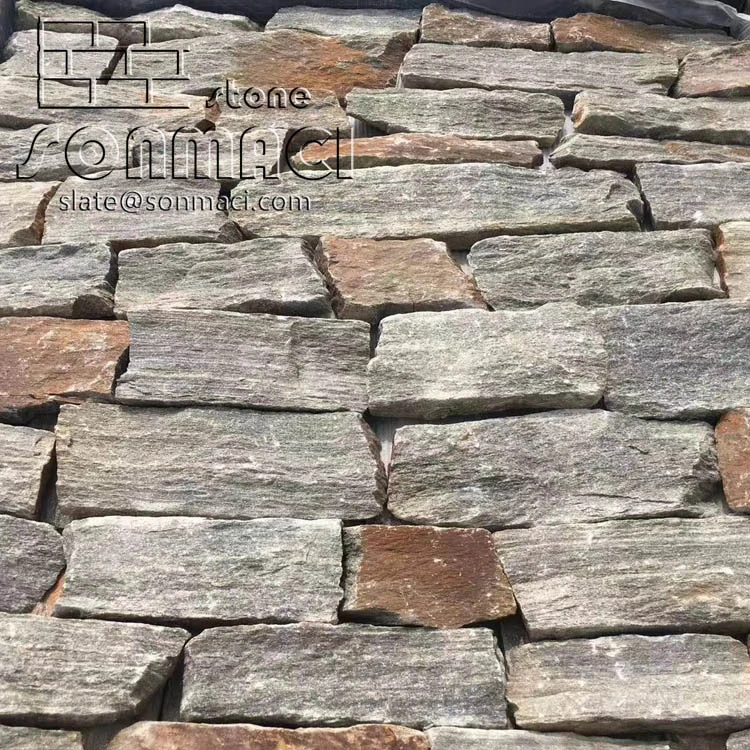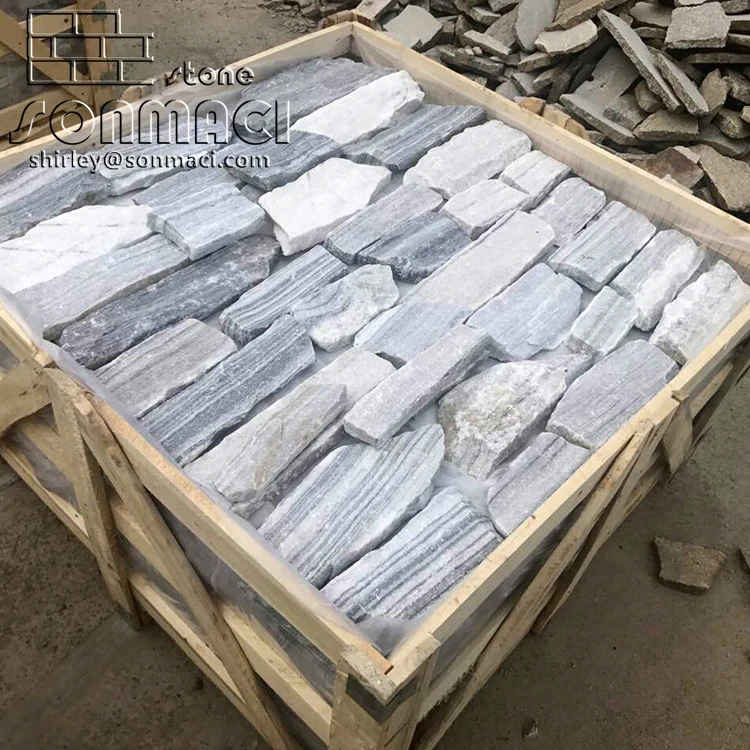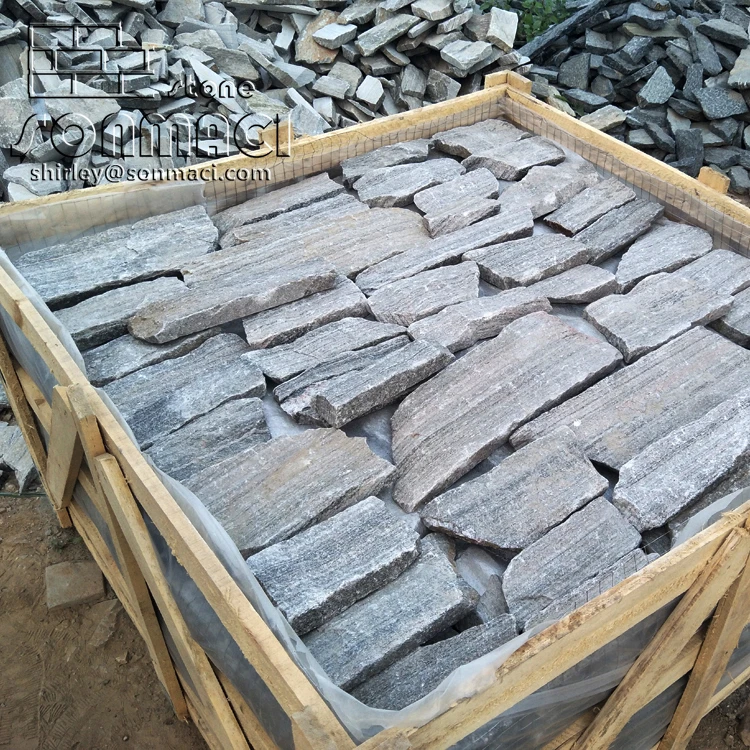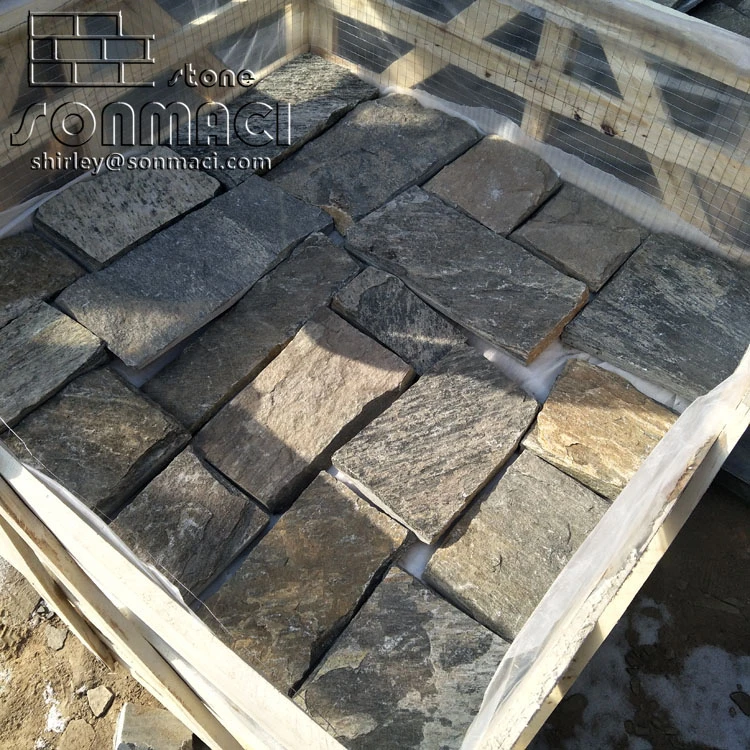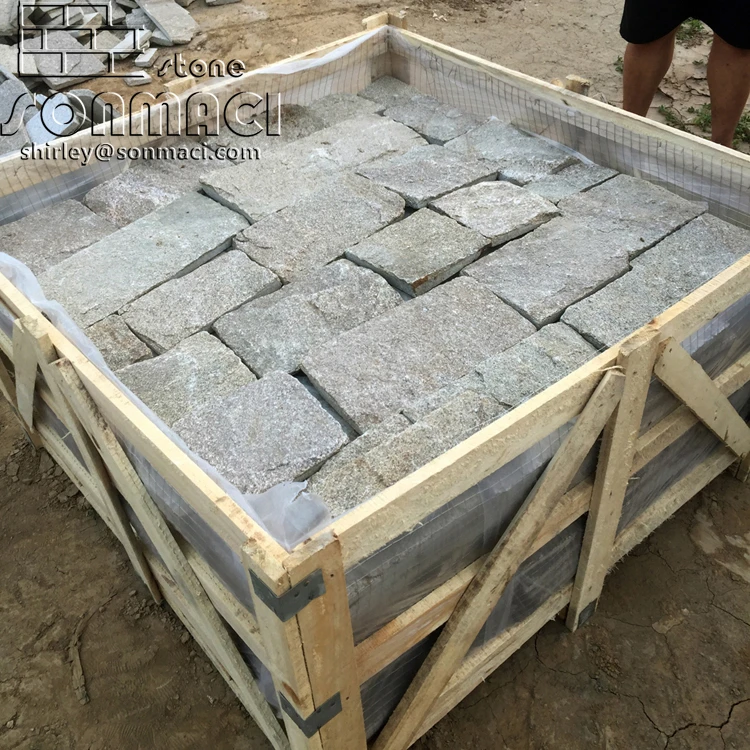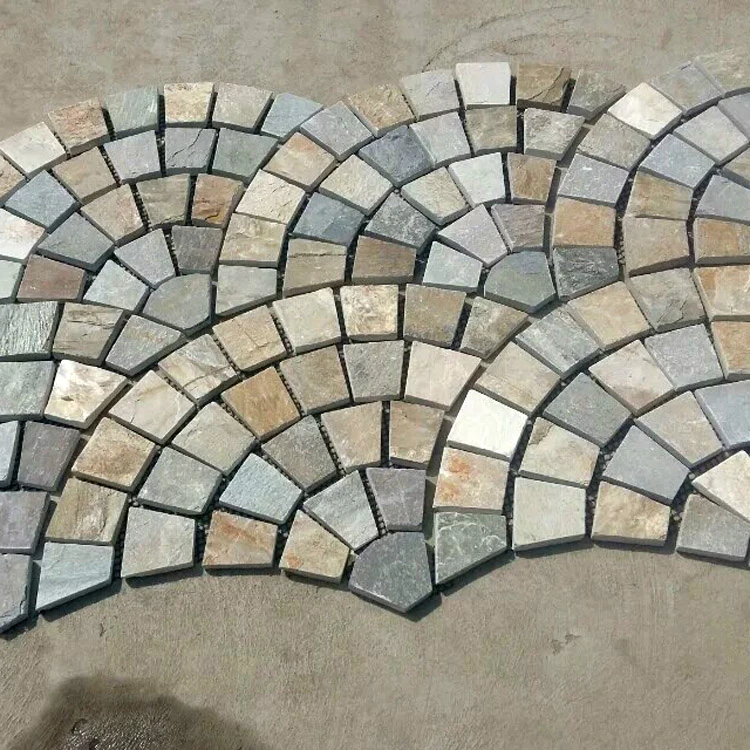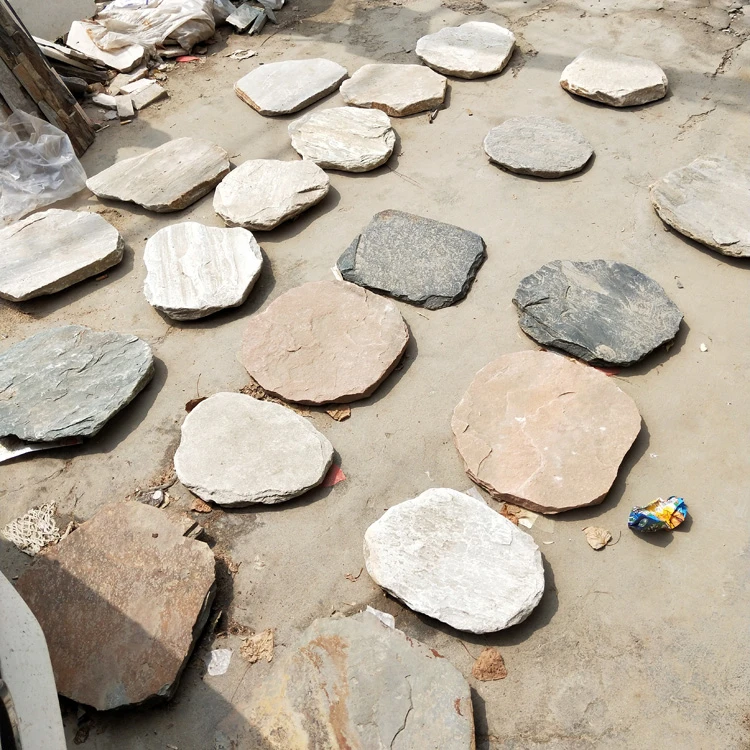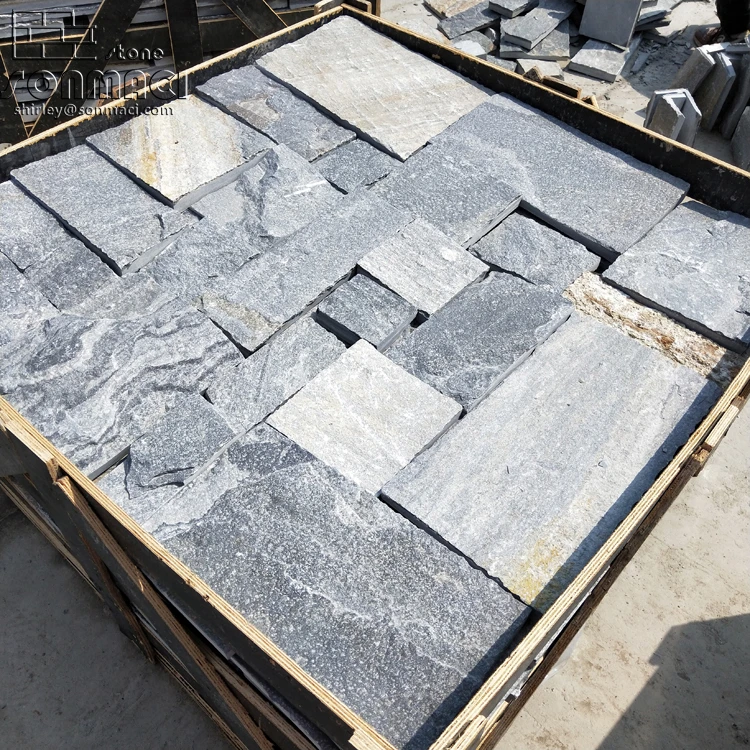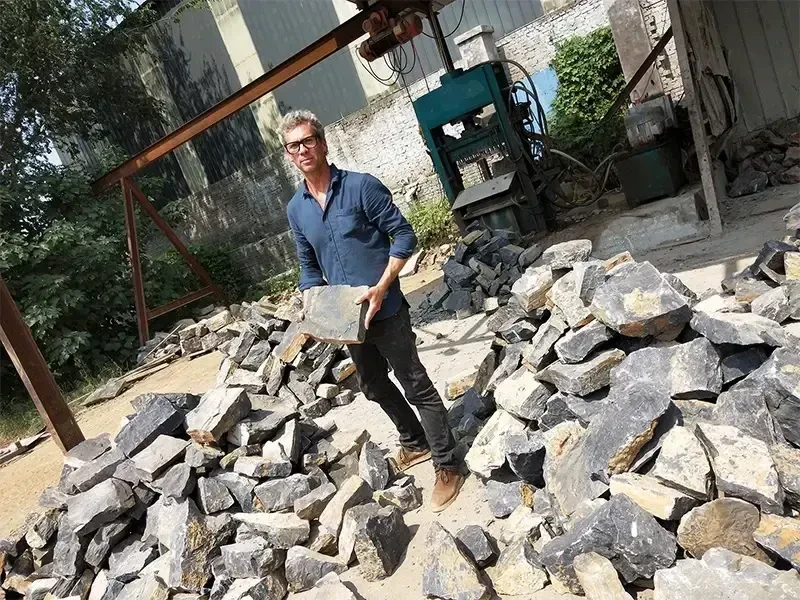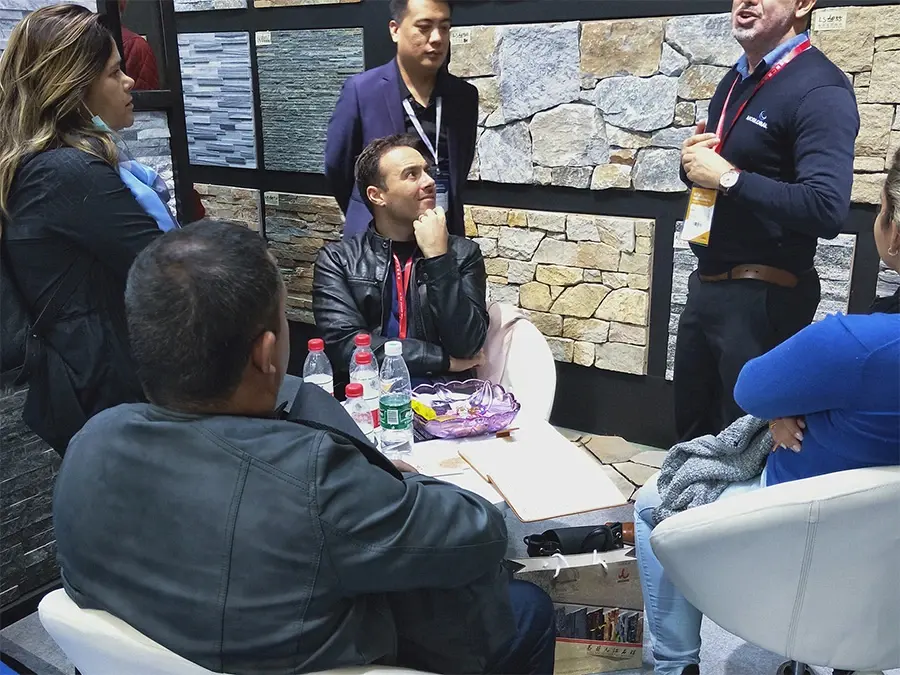China Natural Rusty Slate Wall Cladding
|
products Name |
Stacked Stone Panel, Stacked Culture Stone, Stacked Stone for Wall Decoration, Wall Cladding, Stacked Ledgestone, LedgeStone Panel, Wall Stone Veneer |
|
Material: |
Natural Stone, Slate, Quartz, Sandstone, limestone , Travertine, Granite, Marble |
|
Place of Original |
Hebei Province,China |
|
Stone Colors |
Grey, Beige,Black, White ,Rusty ,Green, Etc |
|
Type |
"Z" Shape /"S" Shape / Straight Flange,etc. |
|
Size |
Flat Board: 15×60cm 10*40 18*35 |
|
Thickness |
1.2-3.5cm |
|
Weight |
About 70KGS/Sqm |
|
Surface Finishing |
Split /Machine Cut |
|
Usage |
Wall Decoration/ Wall Cladding/Wall Capping, Floor Paving, etc.. |
|
Packing |
Strong Fumigated Wooden Crates or Fumigated-free crates or according the customer’s requirements |
|
20 Ft Capacity: |
7pcs/color box |
|
Payment Terms: |
T/T, Western Union, Paypal, etc.. against the copy of B/L |
|
Export Market : |
Europe, Australia, Middle East, America and so on |
The advantage of the stone building material
1)Easy for Installation
2)Convenient to clean
3)Good for health
4)Choice of high taste
5)Safety and environment protection
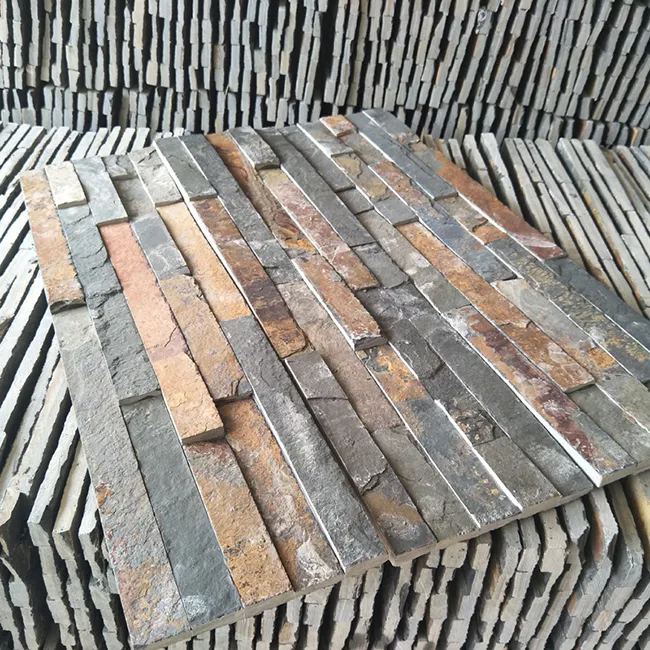
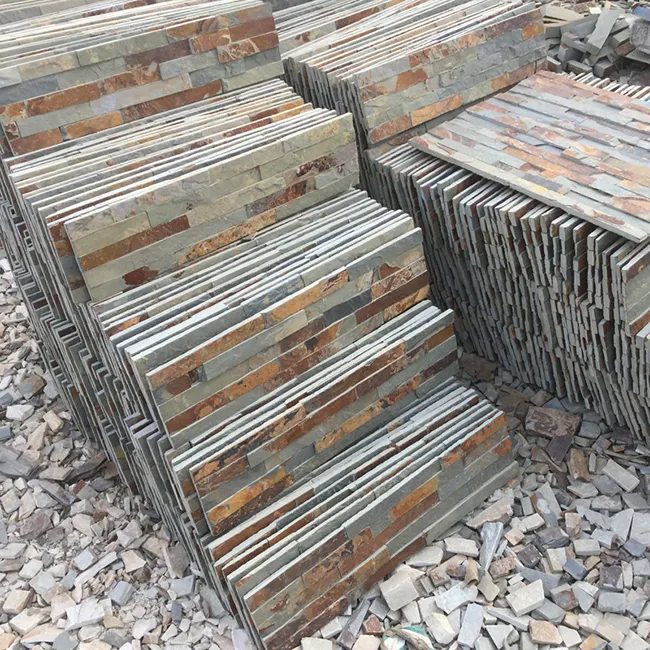
Advantages of Natural Rusty Slate Cladding
Natural rusty slate cladding brings a distinctive warmth and rugged elegance to architectural surfaces, combining the raw beauty of geological formations with practical advantages that make it a compelling choice for both interior and exterior applications. The rich, earthy tones of rusty slate—ranging from deep terracotta to burnt sienna—create an inviting aesthetic that synthetic materials struggle to replicate. This unique coloration results from iron oxide deposits within the stone's layers, giving each piece its own organic patterning that tells a story of mineral interactions over millennia. The visual depth of rusty slate cladding changes throughout the day as sunlight shifts, with the stone's natural cleft texture catching light in ways that make flat surfaces appear dynamic and alive.
The thermal performance of rusty slate cladding adds another layer of functionality. The stone's thermal mass helps regulate building temperatures by slowly absorbing heat during the day and releasing it at night, reducing energy demands for heating and cooling. This natural insulation property proves particularly valuable in passive solar designs, where slate-clad walls can serve as heat sinks. When used around fireplaces or wood stoves, the stone's heat-resistant qualities provide both safety and aesthetic continuity, allowing interior and exterior design languages to flow seamlessly.
From a sustainability perspective, rusty slate cladding represents an environmentally responsible choice. As a natural material requiring minimal processing beyond quarrying and splitting, it carries lower embodied energy than manufactured cladding alternatives. The stone's durability ensures it won't require replacement within a building's lifecycle, and at end-of-use, it can be repurposed or returned to the earth without environmental harm. Many slate quarries practice responsible land rehabilitation, further reducing the material's ecological footprint while preserving the unique geological characteristics of their deposits.
Maintenance requirements for rusty slate cladding are refreshingly minimal. Unlike painted surfaces that demand periodic refreshing or wood that requires sealing, quality slate needs only occasional cleaning to maintain its appearance. The stone's natural color variations help conceal normal wear, while its textured surface hides minor imperfections that would be glaring on smoother materials. When repairs are necessary, individual slate pieces can typically be replaced without disturbing entire wall sections—a practical advantage that reduces long-term ownership costs.
Design flexibility allows rusty slate to transcend style categories. In rustic settings, it enhances the organic charm of timber and wrought iron; in contemporary designs, it provides textural contrast to glass and steel. The material works equally well as a full facade treatment or as a strategic accent, its rich coloration complementing both neutral palettes and bold architectural statements. Creative applications might include slate feature walls that transition from interior to exterior, or geometric slate patterns that play with the stone's natural layering to create movement across surfaces.
The acoustic properties of slate cladding add another functional dimension often overlooked. The stone's density helps buffer exterior noise pollution in urban environments, while its textured surface diffuses sound reflections in interior spaces—qualities particularly valuable in hospitality and residential projects where acoustic comfort enhances user experience. This combination of aesthetic and performance characteristics makes rusty slate cladding a holistic design solution rather than merely a surface decoration.
